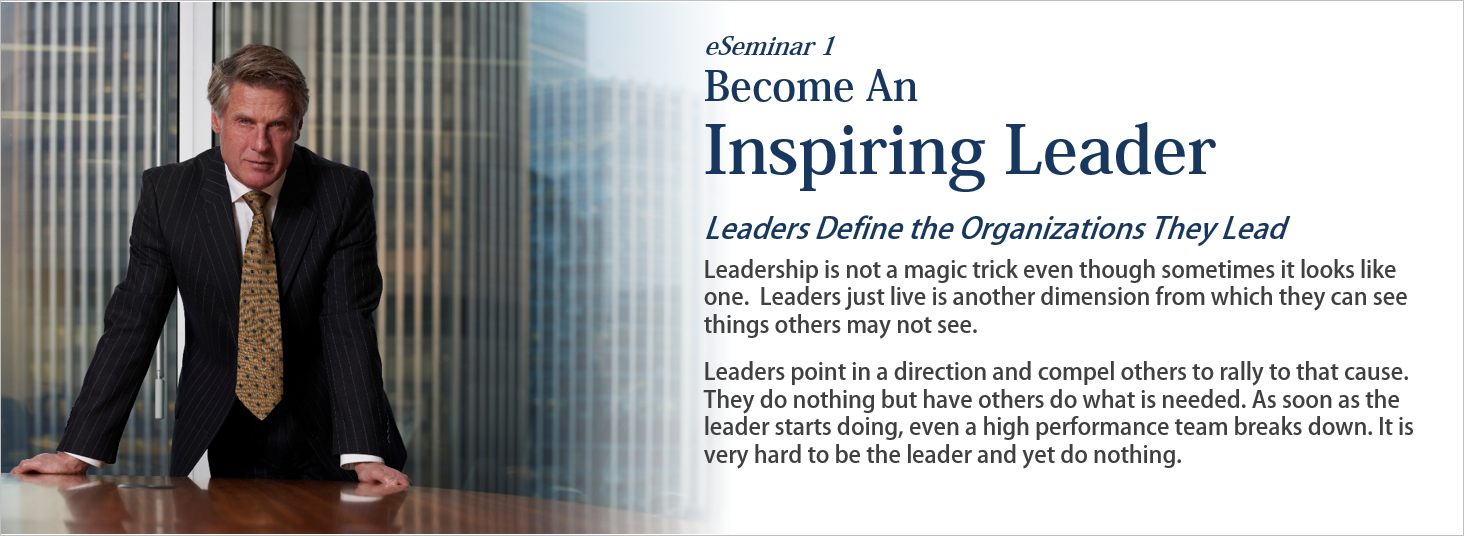
Leaders Step Beyond The Norm Everyday
Ask any leader what it is like to lead and they will tell you it is like nothing else.
Leadership can be a lonely position because the leader must focus out ahead of the day to day process of getting things done. Leaders have nothing to do. They must be the leader. As soon as they do part of a process the process is undermined. Leaders must learn to keep their hands out of the machinery of people and processes otherwise they will cause a bigger mess than the one they are trying to fix. Being a leader means being a demand for certain results to be produced. It may be up to a manager to figure out how to get that done and to team members to get it done.
The biggest job of being a leader is the developing of a conversation that articulates why the organization does what it does, how that is done and what exactly it is that they do. While this cannot be defined by members of the team they should play a hand in the formulation of ideas. It is the job of the leader to set the direction and tone for an enterprise. Otherwise the organization becomes scattered and people focus on their survival within the organization operating against each other to protect their position rather than working together to ensure their mutual success.
What Does This Program Offer?
Overview of the four modules that work together to accomplish the purpose of the method.

Seminar 1: Become a Leader
The leader’s job is to be the driving force that generates the actions of others so they are aligned with a common objective. The leader is the source of the enterprise which is a reflection of the leader’s strengths and weaknesses.
Leadership Principles: Inspired Leadership
This eSeminar gives you a set of reliable principles to follow that will ensure you become a more inspired leader.
3 Leadership Practices: Positioning a Vision
The following three practices show how to create a conversation which will shape the culture of an enterprise.
Practice 1: Creating a Vision
This practice gives an access to a way of expressing why the enterprise does what it does.
Practice 2: Articulating Values
This practice helps leaders describe how a particular enterprise does what it does.
Practice 3: Establishing Viability
This practice gives leaders a way to clearly define what their enterprise actually does for people.
Leadership Process: Introducing a Process
Leaders set to direction of an enterprise and the key to doing this effectively is defining and introducing the process.
Leadership Performance: Inspiring Performance
Leaders have the ability to see beyond what is apparent and to point toward that vision so an enterprise can shift appropriately.
